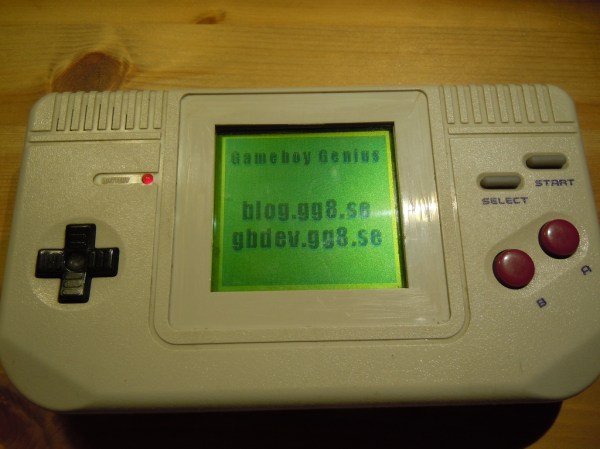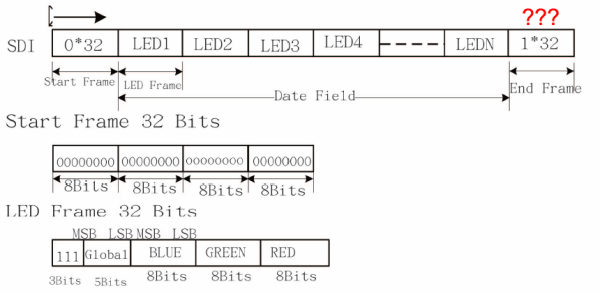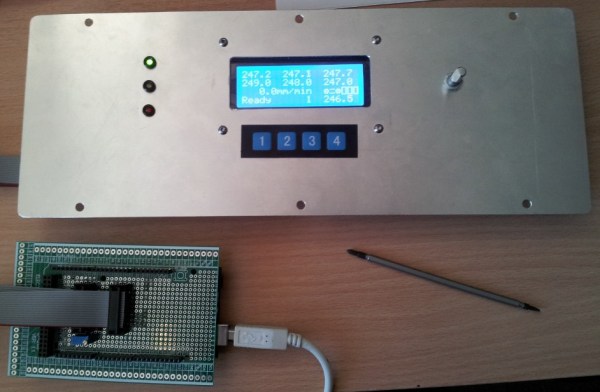[Jelmer] recently found his old pager in the middle of a move, and decided to fire it up to relive his fond memories of receiving a page. He soon discovered that the pager’s number was no longer active and the pager’s network was completely shut down. To bring his pager back to life, [Jelmer] built his own OpenWRT-based pager base station that emulates the POCSAG RF pager protocol.
[Jelmer] opened up his pager and started probing signals to determine what protocol the pager used. Soon he found the RF receiver and decoder IC which implements the POCSAG pager protocol. [Jelmer] began going through the sparse POCSAG documentation and assembled enough information to implement the protocol himself.
[Jelmer] used a HLK-RM04 WiFi router module for the brains of his build, which talks to an ATMega that controls a SI4432 RF transceiver. The router runs OpenWRT and generates POCSAG control signals that are transmitted by the SI4432 IC. [Jelmer] successfully used this setup to send control signals to several pagers he had on hand, and plans on using the setup to send customizable alerts in the future. [Jelmer] does note that operating this device may be illegal in many countries, so as always, check local frequency allocations and laws before tackling this project. Check out the video after the break where a pager is initialized by [Jelmer]’s transmitter.
Continue reading “Bringing A Legacy Pager Network Back To Life”


















